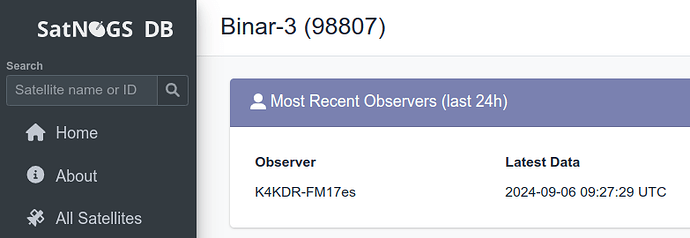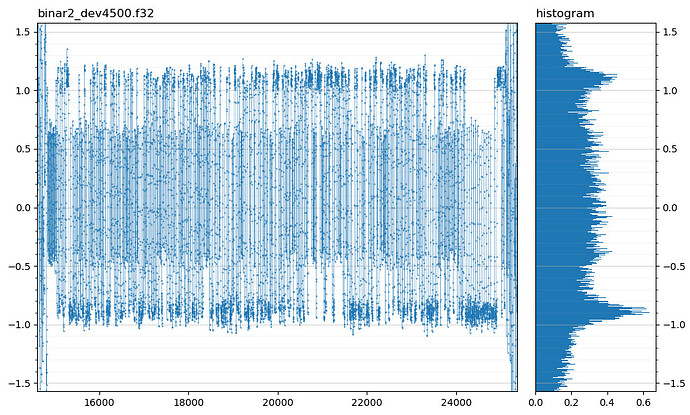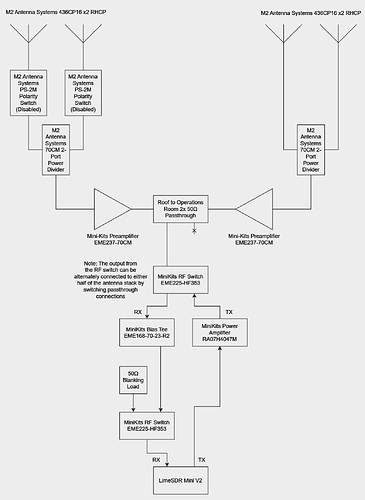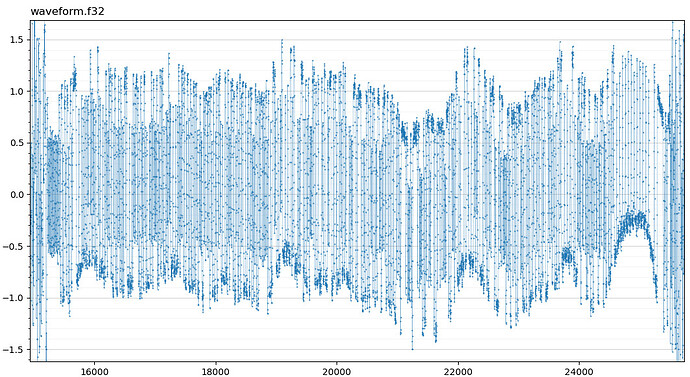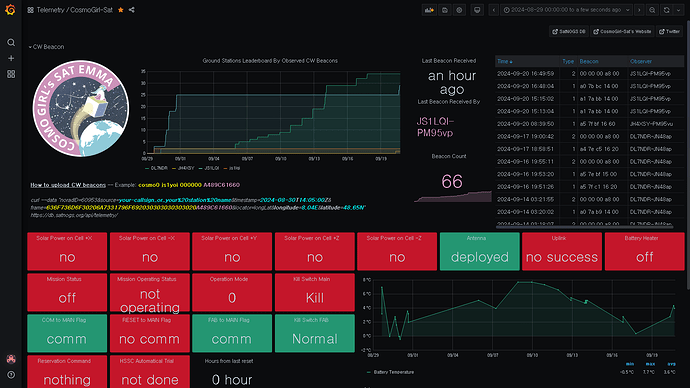The latest TLE sets from space-track are now assigned:
0 OBJECT WS
1 60952U 98067WS 24249.59968314 .00148388 00000-0 24068-2 0 9992
2 60952 51.6374 276.9165 0013188 328.9205 31.1004 15.51641754 1128
0 OBJECT WT
1 60953U 98067WT 24249.53555050 .00108777 00000-0 17968-2 0 9995
2 60953 51.6378 277.2379 0014118 325.8685 34.1396 15.51287953 1119
0 OBJECT WU
1 60954U 98067WU 24249.34193350 .00130529 00000-0 21391-2 0 9991
2 60954 51.6378 278.1948 0014175 325.8848 34.1229 15.51412783 1088
0 OBJECT WV
1 60955U 98067WV 24249.33963561 .00244589 00000-0 37903-2 0 9998
2 60955 51.6376 278.1799 0013471 327.9417 32.0752 15.52538906 1089
0 OBJECT WW
1 60956U 98067WW 24249.53477633 .00147533 00000-0 23810-2 0 9994
2 60956 51.6372 277.2321 0013263 328.9922 31.0284 15.51783905 1100
0 OBJECT WX
1 60957U 98067WX 24249.34155771 .00176829 00000-0 28431-2 0 9994
2 60957 51.6373 278.1934 0013327 327.9301 32.0877 15.51771033 3068
0 OBJECT WY
1 60958U 98067WY 24249.53570885 .00104661 00000-0 17345-2 0 9990
2 60958 51.6378 277.2392 0014026 325.3742 34.6333 15.51216477 1104

